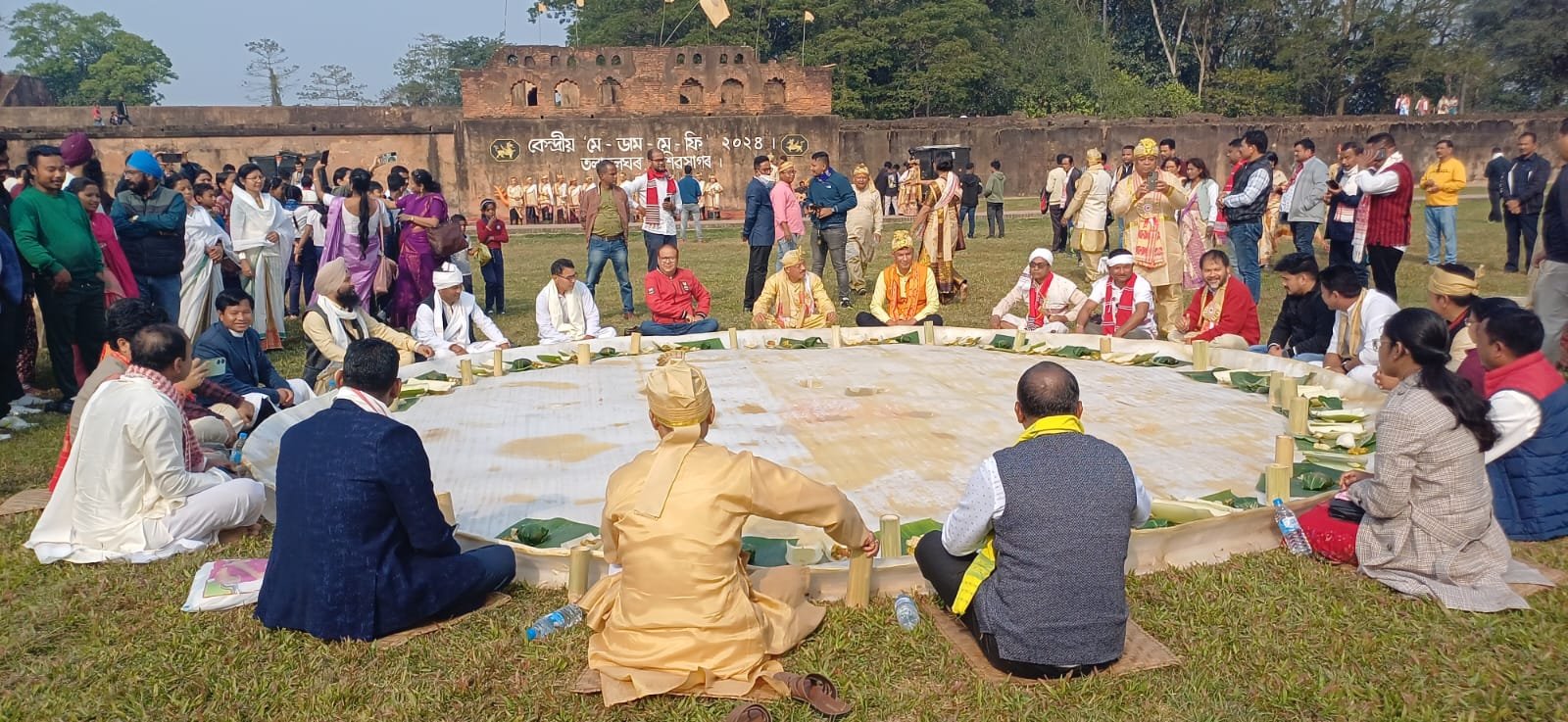HT DIGITAL
GUWAHATI, JULY 24: National Council of Educational Research and Training (NCERT) has come under attack by historians, authors, and scholars for possible factual inaccuracies and historical misrepresentation in its recently updated Class 8 history book. The controversy revolves around the “Tribes, Nomads and Settled Communities” chapter with a section on Assam’s Ahom dynasty—a mighty regional kingdom that reigned for more than 600 years.
Although the inclusion of the Ahoms in the national curriculum has been widely hailed as overdue, critics point out that the presentation is marred by severe oversimplifications and inaccuracies. One of the most bitterly disputed assertions is the textbook’s claim that the Ahoms descended from their modern-day Myanmar homeland. Specialists assert that this goes against firmly established historical consensus, which places the origin of the Ahoms in Mung Mao—a Tai polity in Dehong province, Yunnan, China.
“Mung Mao covers territories in both northwestern China and northern Myanmar. It would be historically incorrect to trace the Ahoms’ origin to Myanmar alone,” argued celebrated writer Arup Kumar Dutta. “Despite the constraints of space in textbooks, there could have been a more just and accurate version.”
A further area of dispute is the textbook’s labeling of the Paik system—the Ahom military and administrative system—as “forced labour.” Experts maintain that this is an exaggeration of a merit-based and structured system that was central to the Ahom state.
“This description is inaccurate,” said Prabin Hazarika, Head of the History Department at Sibsagar Girls’ College. “The Paik system was a rotational duty system, where land was assigned and social mobility existed. It wasn’t exploitative.” Dutta concurred, adding that usually two out of three paiks served the state alternately while the third stayed home to help support their families—particularly in wartime.
Book author Nilutpal Gohain also deprecated the distortion, declaring that the system was critical to Ahom rule and calling it “forced labour” misses the point and distorts its actual purpose.
Subsequent complaints have been made regarding the textbook’s handling of the Ahoms’ relations with other powers in the region. It asserts that the dynasty “suppressed” the pre-existing Bhuiyan landlord class, a term that historians feel grossly underestimates the intricate and largely peaceful processes of socio-political integration that took place while the Ahoms expanded.
The biggest mistake, historians say, is the characterization of the 1663 Treaty of Ghilajarighat—inked under Mughal general Mir Jumla’s invasion—as a simple Ahom defeat. “That treaty was not an act of surrender,” Dutta explained. “It was an Ahom leader Atan Burhagohain’s tactical maneuver to gain time and reorganize. To characterize it as a defeat diminishes the Ahom resistance tradition, which successfully repelled 17 Mughal invasions.”
Despite their military and cultural achievements, the Ahoms have historically been sidelined in national history curricula. Their recent inclusion by NCERT was initially seen as a step toward more inclusive education. However, the factual errors and omissions now raise concerns that the effort may ultimately be counterproductive.
“Representation matters,” said Gohain. “If we’re finally introducing regional histories in textbooks, accuracy and respect are non-negotiable.”
Apart from misrepresentations, there have also been concerns raised by scholars regarding comprehensive omissions, including the Khel administrative system and architectural icons like Rang Ghar and Talatal Ghar. The textbook also does not even recognize the contribution of Ahoms towards the development of a distinct Assamese identity spanning over centuries.
The controversy has reignited broader demands for decentralised and inclusive narratives in Indian history education, especially from the Northeast. In 2022, Assam Chief Minister Himanta Biswa Sarma had advocated for the national inclusion of Ahom general Lachit Borphukan, famed for leading the resistance at the Battle of Saraighat.












